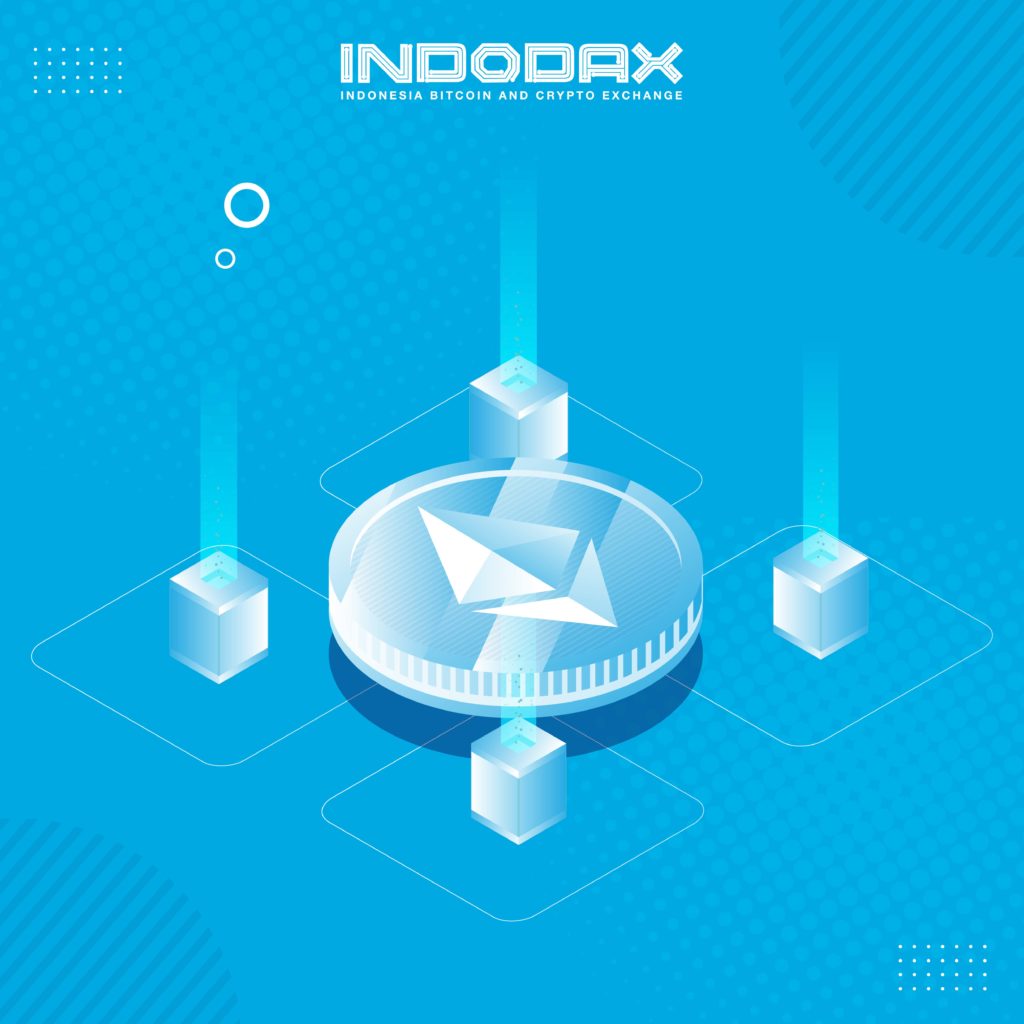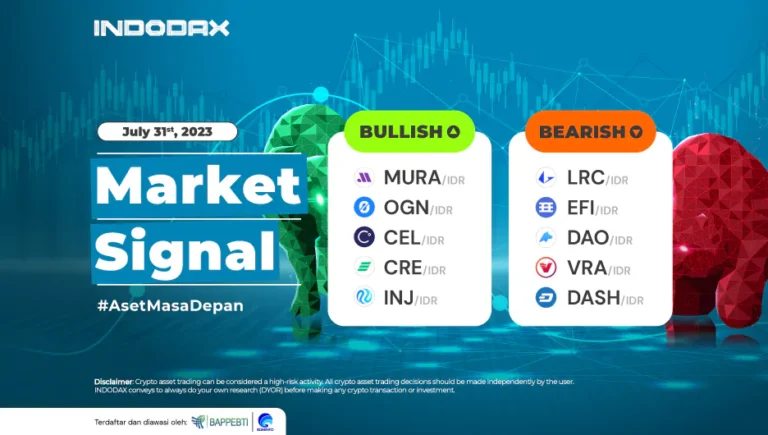Ethereum will evolve into Ethereum 2.0. What are the facts about Ethereum 2.0?
This time, Indodax.Academy will explain further facts about Ethereum 2.0, starting from its history and others.
Check out the explanation.
What is Ethereum?
Ethereum (ETH) is a blockchain platform that has a smart contract function. Ethereum functions like a virtual machine that allows running smart contracts peer-to-peer with the cryptographic currency Ether (ETH).
The first Ethereum block was discovered on July 30, 2015. At that time, Vitalik Butterin was 19 years old.
During the previous two years, Vitalik Buterin was the person who popularized Bitcoin by becoming the author and owner of the Bitcoin Magazine magazine. Then, he continued to develop Ethereum.
Ethereum (ETH) is a blockchain platform that has a smart contract function. Ethereum functions like a virtual machine that allows running smart contracts peer-to-peer with the cryptographic currency Ether (ETH).
The first Ethereum block was discovered on July 30, 2015. At that time, Vitalik Buterin was 19 years old.
During the previous two years, Vitalik Buterin was the person who popularized Bitcoin by becoming the author and owner of the Bitcoin Magazine magazine. Then, he continued to develop Ethereum.
Who developed Ethereum?
This work was largely led and coordinated by the Ethereum Foundation research team. However, many other research and implementation teams made substantial contributions. His main job is collaborating on specifying the specifications for Ethereum 2.0, which are stored on the Ethereum Foundation GitHub page.
Seven independent teams are building Ethereum 2.0 clients in multiple programming languages ??for different use cases and are constantly re-incorporating them into designs and specifications.
What is the history of upgrading to the Ethereum blockchain?
Ethereum has had four planned upgrades since the launch of its public mainnet in July 2015 (called “Homestead”). The four upgrades are: Homestead (March 2016), Metropolis Byzantium (October 2017), Metropolis Constantinople (February 2019), and Istanbul (December 2019). Together, these enhancements enhance the functionality of the Ethereum 1.0 network while setting the stage for Ethereum 2.0.
What is Ethereum 2.0?
Ethereum 2.0, also called Eth2 is the next upgrade to the Ethereum blockchain. Ethereum 2.0 will be released in several “Phases” starting in 2020 with Phase 0. Each phase will improve Ethereum’s functionality and performance in a different way.
What is the difference between Ethereum 1.0 and Ethereum 2.0?
There are two main improvements introduced by Ethereum 2.0 that were not present in Ethereum 1.0: Proof of Stake and Shard Chains.
Proof of Stake: Currently, Ethereum 1.0 runs on a consensus mechanism known as Proof of Work (PoW). PoW collects physical computing power (miners) and electricity (work) to build blocks on the blockchain.
Proof of Stake (PoS) is an upgrade that allows for increased safety, scalability and energy efficiency. Instead of collecting physical and electric miners, PoS collects validators (virtual miners) and deposits Ether.
When will Ethereum 2.0 Launch?
Phase 0 of Ethereum 2.0 will launch in 2020. Phase 1 is anticipated in 2021. Phase 2 onwards is anticipated for 2021 or later.
How to Get Ethereum 2.0?
There are two ways ETH holders can participate and be rewarded for staking Ethereum 2.0. First, ETH holders can run their own validators by staking ETH in multiples of 32 on the network. Running your own validator nodes means you have the responsibility to validate and manage blocks.
Another option for ETH holders is to stake their rewards through a staking provider or join a staking pool with a smaller amount of ETH, where anyone can stake the small amount of ETH they can afford and still receive rewards that are proportionate to their contribution.
How do I become a validator?
Another option is to stake your ETH using staking providers, some of which are likely to hit the market in the weeks and months prior to launch. There will be custodial and non-custodial services offered.
How do you get rewarded for staking Ethereum 2.0?
As a validator on Ethereum 2.0, you get rewarded for submitting and proving the next block in the blockchain network. You will receive a reward in ETH for making a proposal and validation.
Rewards are calculated dynamically based on network status after completion of time. The network rate reward issuance rate is a function of the total amount of ETH staked and the average% of online validators. Individual validator reward rates depend on the number of validators run and% of validator uptime.
Rewards without penalty are transferred to the validator every epoch (384 seconds ~ 6.5 minutes). As a result, the rewards you expect to receive when randomly selected to become validators may differ from what the validators actually receive. See the Ethereum Calculator 2.0 for an idea of ??the types of rewards for staking in Ethereum 2.0.
What are the risks of staking ETH and becoming a validator on Ethereum 2.0?
The advantage of participating as a validator is that you can get ETH rewards. However, there is a risk of losing funds through ‘cutting’ the ETH that you stake on the ETH 2.0 network.
With a little care, this risk can be neglected. The first way a validator loses funds is by going offline and not doing his job properly.
This carries a relatively light penalty: roughly the same as any reward you can give. Another way the validator loses funds is by publishing contradictory information about the blockchain network.
In this case, the validator is truncated and removed from the system. The amount deducted is between 1 ETH and the entire stake, depending on other factors.








